![]()
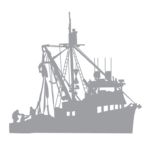

Sourcing Fresh, Sustainable Seafood
Sierra Gold Seafood believes quality seafood comes from packers, producers, and importers that practice sustainable fishing methods. As part of a commitment to stewardship, the Sierra Gold Seafoods team continually seeks out education regarding the best practices for finding sustainable fish and sustainable seafood.
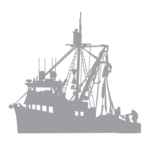
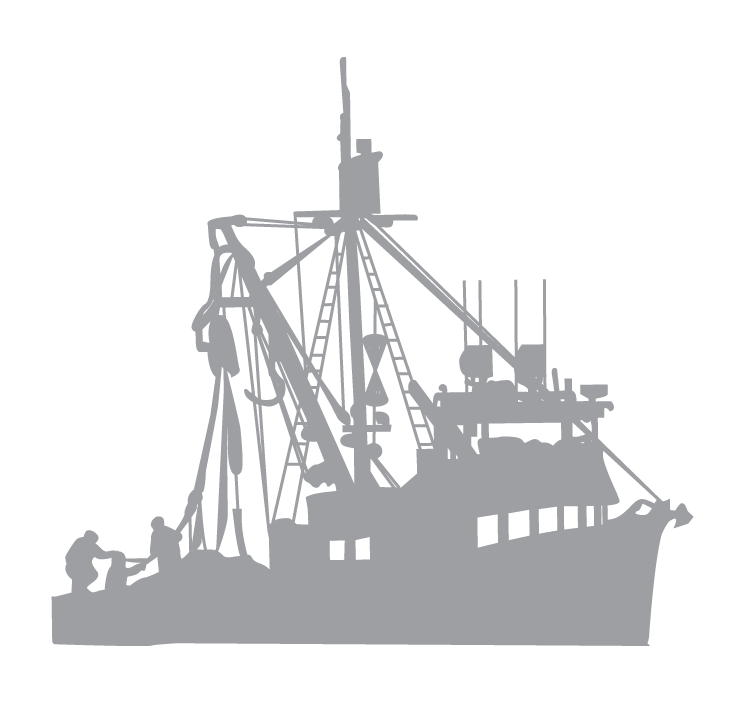
Sourcing Fresh, Sustainable Seafood
Sierra Gold Seafood believes quality seafood comes from packers, producers, and importers that practice sustainable fishing methods. As part of a commitment to stewardship, the Sierra Gold Seafoods team continually seeks out education regarding the best practices for finding sustainable fish and sustainable seafood.
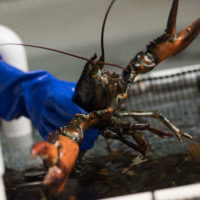
Sustainable Seafood Guide
Often, customers will ask if seafood is wild-caught or aquaculture (Farmed). While wild-caught can sound like the most environmentally-friendly choice, many fishing methods deemed wild-caught are not sustainable and cause great harm to the environment and ecology.
On the other hand, farming fish can help reduce overfishing and help aquaculture keep up with increasing demands for fresh seafood.
Common Fishing Methods
Bag/Rack
The Bag-and-rack shellfish culture method cultivates juveniles in bags on racks above the sea beds. The juveniles (or spat) come from hatcheries, so dredging for starter organisms doesn’t deplete wild populations or damage habitats. Since most cultivated shellfish filter-feed, there’s no addition of wild fish feed, and therefore no impact on wild fish stocks. While non-native species may grow in these systems and escape (typically due to the contained shellfish spawning), overall, this is an environmentally responsible method of aquaculture.
Gillnetting
For the gillnetting process, a system of floats and weights suspend curtains of netting that can be anchored to the sea floor or allowed to float at the surface. The netting is almost invisible to fish, so they swim right into it. Gillnets are often used to catch sardines, salmon, and cod, but can accidentally entangle and kill other animals, including sharks and sea turtles.
Harpooning
Harpooning is a traditional method for catching large fish and skilled fishermen still use it today. When a harpooner spots a fish, he or she thrusts or shoots a long aluminum or wooden harpoon into the animal and hauls it aboard. Harpooners catch large, pelagic predators such as bluefin tuna and swordfish. Harpooning is an environmentally responsible fishing method. Bycatch of unwanted marine life is not a concern because harpooners visually identify the species and size of the targeted fish before killing it.
Hatchery
Hatchery fish are bred and reared in nurseries, either for use in aquaculture or to be released and caught in wild-capture fisheries.
Jig
Jigging is another way of hand-catching fish. A jig is a type of grappling hook, which is attached to a line and manually or mechanically jerked in the water to snag the fish. Jigging often occurs at night, aided by light to attract the fish. This targeted method of fishing has low levels of bycatch, making it an environmentally responsible fishing method.
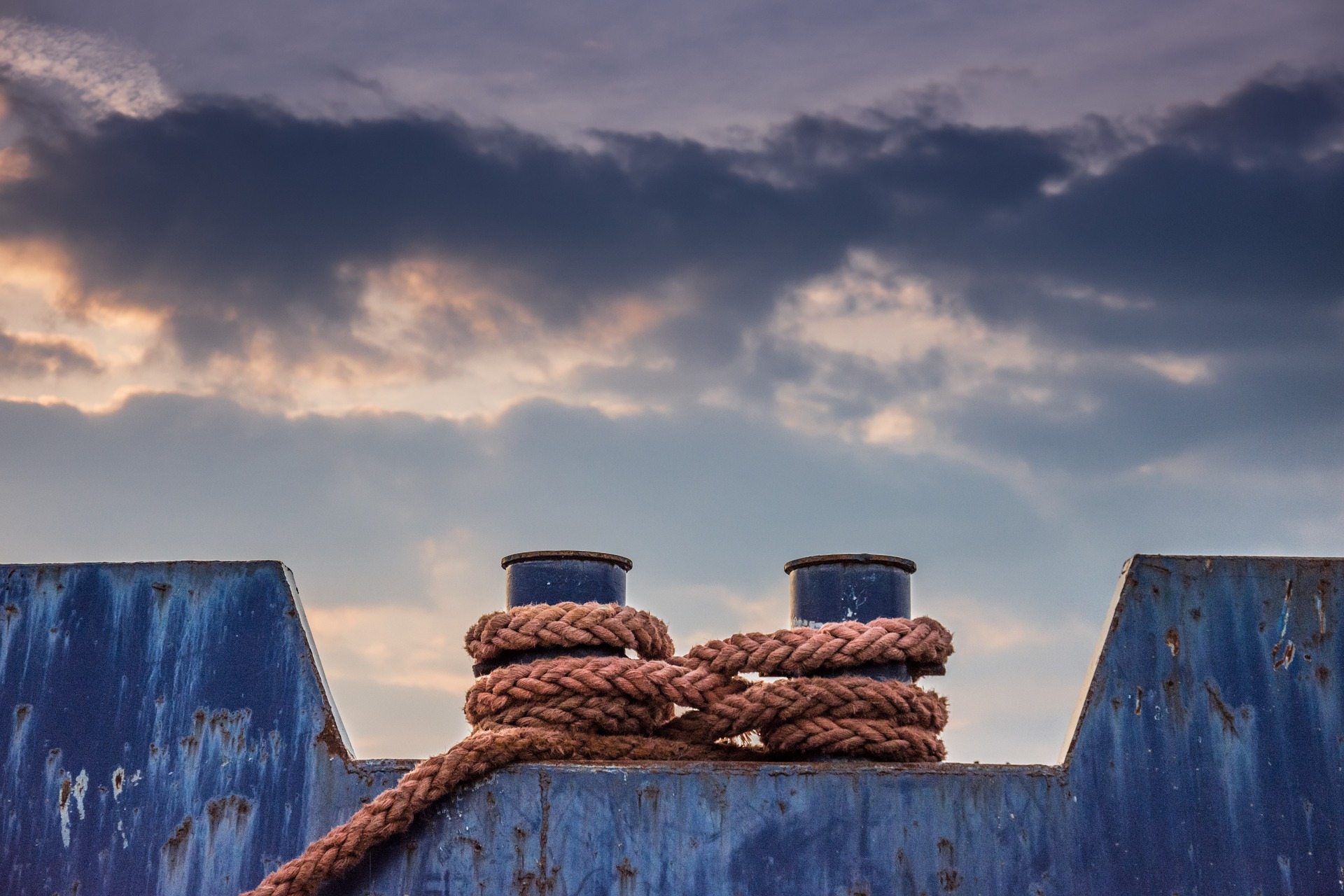
Raceways
Raceways allow farmers to divert water from a waterway, such as a stream or well, so that it flows through channels containing fish. In the United States, farmers use raceways to raise rainbow trout. If untreated, wastewater from the raceways can contaminate waterways and spread disease. Many governments require strict regulation and monitoring of water quality. By treating wastewater, these risks can be greatly minimized
Recirculating Systems
Recirculating systems raise fish in tanks in which water is treated and recycled through the system. Almost any finfish species such as striped bass, salmon, and sturgeon can be raised in recirculating systems. Recirculating systems address many environmental concerns associated with fish farming: fish cannot escape, and wastewater is treated. But, these systems are costly to operate and rely on electricity or other power sources.
Seine Net
A seine is a small-meshed net, suspended vertically in the water with floats and weights to enclose and concentrate fish. Beach (or haul) seines are dragged over the bottom into shallow water or onto the beach, either by hand or with power winches. Danish, Scottish and Japanese seines are typically larger gears pulled by vessels. They’re deployed over soft sediments, like sand or mud, as the cloud of sediment helps herd the fish into the net.
Suspended Culture
During a suspended culture, farmers grow shellfish on beaches or suspend them in water by ropes, plastic trays or mesh bags. Typically filter feeders such as oysters, mussels, and clams are cultivated with this method, as they require only clean water to thrive.
Shellfish Culture
Shellfish culture can be very sustainable. Species such as oysters, mussels, and clams are filter feeders that don’t require additional feed and therefore don’t impact wild fish stocks. Farmers grow shellfish on beaches or suspend them in water by ropes, nets, trays or mesh bags. Habitat damage and impacts from effluent are minimal.
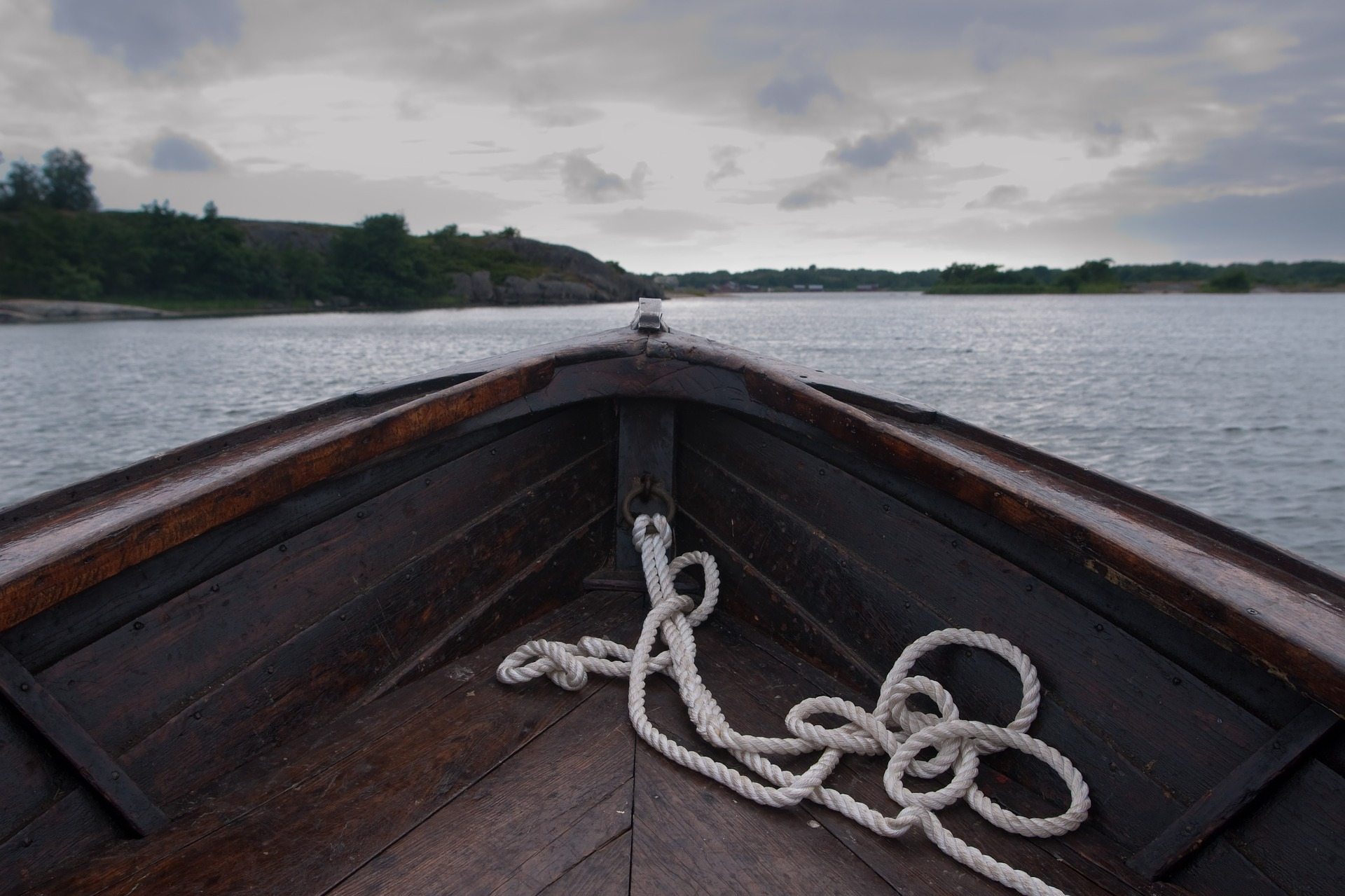
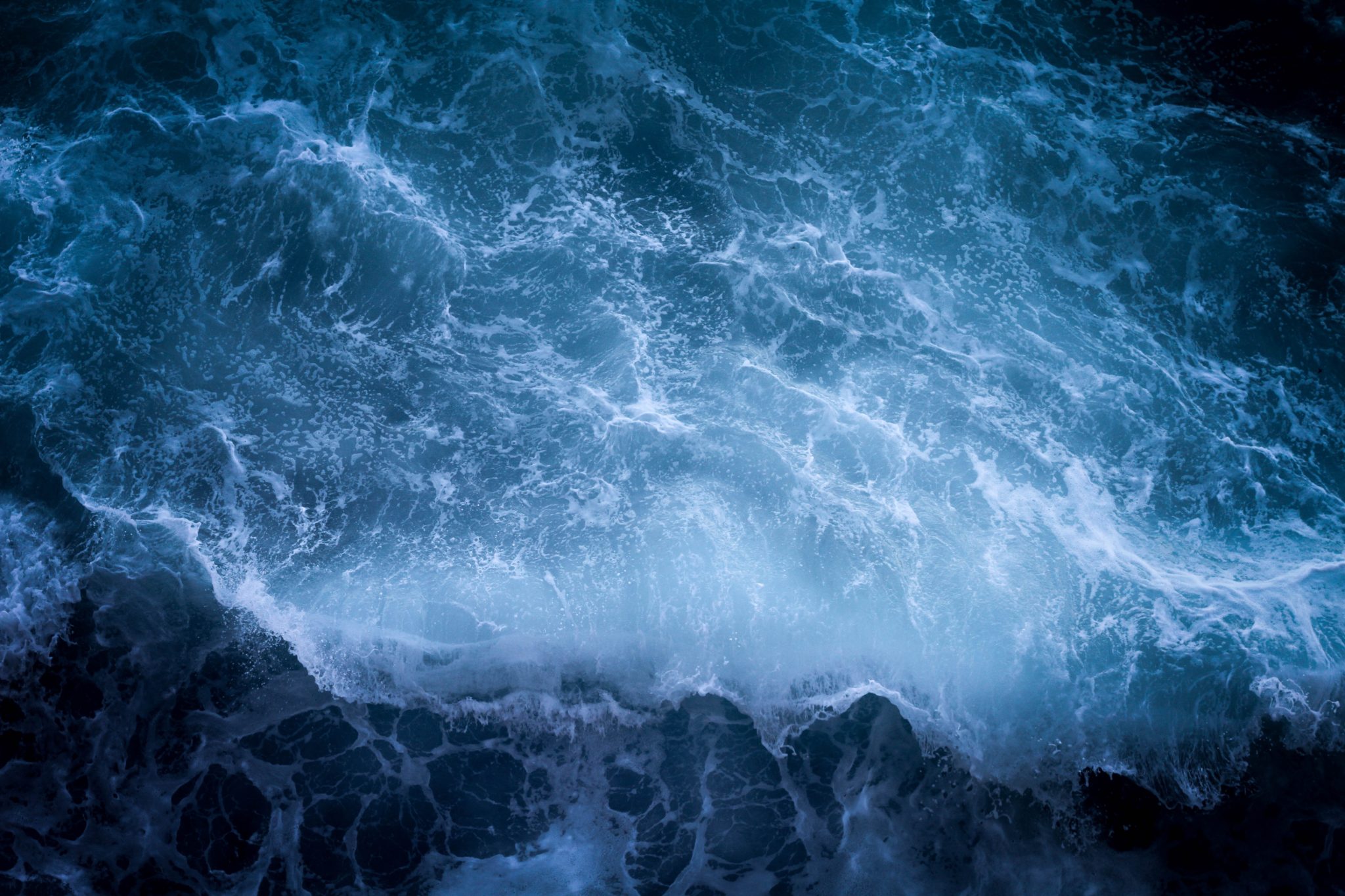
Longlining
Longlining employs a central fishing line that can range from one to 50 miles long. This line is strung with smaller lines of baited hooks, dangling at evenly spaced intervals. Longlines can be set near the surface to catch pelagic fish like tuna and swordfish, or laid on the seafloor to catch deep dwelling fish like cod and halibut.
Open Net Pens or Cages
Open net pens or cages enclose fish such as salmon in offshore coastal areas or freshwater lakes.
Poll/Troll
Pole-and-line fishermen use a fishing pole and bait to target a variety of fish ranging from open-ocean swimmers, such as tuna and mahi-mahi, to bottom-dwellers, such as cod. Pole/troll fishing methods have very low bycatch rates because fishermen catch one fish at a time and can release unwanted species when caught.
Ponds
Ponds enclose fish in a coastal or inland body of fresh or salt water. Shrimp, catfish, and tilapia are commonly raised in this manner. Wastewater can be contained and treated.
Purse Seining
Purse seining establishes a large wall of netting to encircle schools of fish. Fishermen pull the bottom of the mesh closed (like a drawstring purse) to herd fish into the center. This method is used to catch schooling fish, such as sardines, or species that gather to spawn, such as squid.
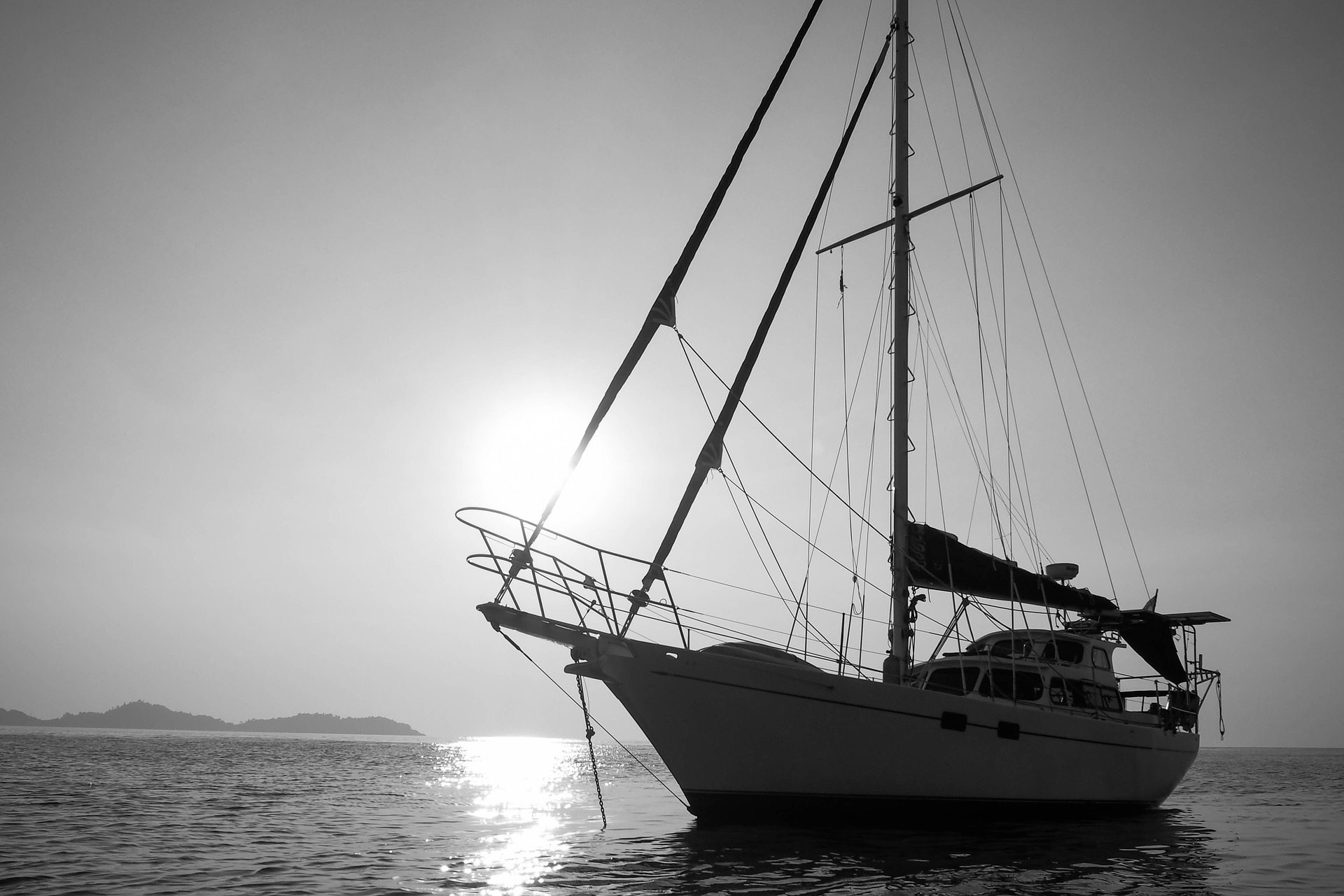
Traps & Pots
Traps and pots are submerged wire or wood cages that attract fish with bait and hold them alive until fishermen return to haul in the catch. Fishermen usually place traps and pots on the ocean floor to catch lobsters, crabs, shrimp, sablefish and Pacific cod. This method has lower unintended catch rates and less seafloor impact than mobile gear like trawls.
Trawls & Dredges
Trawls and dredges are nets towed at various depths to catch fish or shellfish. Trawl nets, which can be as large as a football field, are either dragged along the sea floor or midway between the floor and the surface. Trawlers catch fish such as pollock, cod, flounder, and shrimp. Bottom trawling can result in high levels of bycatch. Dredging involves dragging a heavy frame with an attached mesh bag along the sea floor to catch animals living on or in the mud or sand. Catches include scallops, clams, and oysters.
Trolling
This a hook-and-line method of fishing tow lines behind or alongside a boat, catching species, such as salmon, mahi-mahi, and albacore tuna, that follow a moving lure or bait. Fishermen can quickly release unwanted catch from their hooks since lines are reeled in soon after a fish takes the bait. This selective method of fishing results in very low bycatch levels.
Tuna Ranching
Ranching is the process of capturing valuable juvenile species, usually carnivorous top predators, then growing them to harvest size on farms. Highly profitable species such as bluefin tuna are caught at a relatively large size and “fattened” before harvest.
Bag/Rack
The Bag-and-rack shellfish culture method cultivates juveniles in bags on racks above the sea beds. The juveniles (or spat) come from hatcheries, so dredging for starter organisms doesn’t deplete wild populations or damage habitats. Since most cultivated shellfish filter-feed, there’s no addition of wild fish feed, and therefore no impact on wild fish stocks. While non-native species may grow in these systems and escape (typically due to the contained shellfish spawning), overall, this is an environmentally responsible method of aquaculture.
Gillnetting
For the gillnetting process, a system of floats and weights suspend curtains of netting that can be anchored to the sea floor or allowed to float at the surface. The netting is almost invisible to fish, so they swim right into it. Gillnets are often used to catch sardines, salmon, and cod, but can accidentally entangle and kill other animals, including sharks and sea turtles.
Harpooning
Harpooning is a traditional method for catching large fish and skilled fishermen still use it today. When a harpooner spots a fish, he or she thrusts or shoots a long aluminum or wooden harpoon into the animal and hauls it aboard. Harpooners catch large, pelagic predators such as bluefin tuna and swordfish. Harpooning is an environmentally responsible fishing method. Bycatch of unwanted marine life is not a concern because harpooners visually identify the species and size of the targeted fish before killing it.
Hatchery
Hatchery fish are bred and reared in nurseries, either for use in aquaculture or to be released and caught in wild-capture fisheries.
Jig
Jigging is another way of hand-catching fish. A jig is a type of grappling hook, which is attached to a line and manually or mechanically jerked in the water to snag the fish. Jigging often occurs at night, aided by light to attract the fish. This targeted method of fishing has low levels of bycatch, making it an environmentally responsible fishing method.

Longlining
Longlining employs a central fishing line that can range from one to 50 miles long. This line is strung with smaller lines of baited hooks, dangling at evenly spaced intervals. Longlines can be set near the surface to catch pelagic fish like tuna and swordfish, or laid on the seafloor to catch deep dwelling fish like cod and halibut.
Open Net Pens or Cages
Open net pens or cages enclose fish such as salmon in offshore coastal areas or freshwater lakes.
Poll/Troll
Pole-and-line fishermen use a fishing pole and bait to target a variety of fish ranging from open-ocean swimmers, such as tuna and mahi-mahi, to bottom-dwellers, such as cod. Pole/troll fishing methods have very low bycatch rates because fishermen catch one fish at a time and can release unwanted species when caught.
Ponds
Ponds enclose fish in a coastal or inland body of fresh or salt water. Shrimp, catfish, and tilapia are commonly raised in this manner. Wastewater can be contained and treated.
Purse Seining
Purse seining establishes a large wall of netting to encircle schools of fish. Fishermen pull the bottom of the mesh closed (like a drawstring purse) to herd fish into the center. This method is used to catch schooling fish, such as sardines, or species that gather to spawn, such as squid.

Raceways
Raceways allow farmers to divert water from a waterway, such as a stream or well, so that it flows through channels containing fish. In the United States, farmers use raceways to raise rainbow trout. If untreated, wastewater from the raceways can contaminate waterways and spread disease. Many governments require strict regulation and monitoring of water quality. By treating wastewater, these risks can be greatly minimized
Recirculating Systems
Recirculating systems raise fish in tanks in which water is treated and recycled through the system. Almost any finfish species such as striped bass, salmon, and sturgeon can be raised in recirculating systems. Recirculating systems address many environmental concerns associated with fish farming: fish cannot escape, and wastewater is treated. But, these systems are costly to operate and rely on electricity or other power sources.
Seine Net
A seine is a small-meshed net, suspended vertically in the water with floats and weights to enclose and concentrate fish. Beach (or haul) seines are dragged over the bottom into shallow water or onto the beach, either by hand or with power winches. Danish, Scottish and Japanese seines are typically larger gears pulled by vessels. They’re deployed over soft sediments, like sand or mud, as the cloud of sediment helps herd the fish into the net.
Suspended Culture
During a suspended culture, farmers grow shellfish on beaches or suspend them in water by ropes, plastic trays or mesh bags. Typically filter feeders such as oysters, mussels, and clams are cultivated with this method, as they require only clean water to thrive.
Shellfish Culture
Shellfish culture can be very sustainable. Species such as oysters, mussels, and clams are filter feeders that don’t require additional feed and therefore don’t impact wild fish stocks. Farmers grow shellfish on beaches or suspend them in water by ropes, nets, trays or mesh bags. Habitat damage and impacts from effluent are minimal.

Traps & Pots
Traps and pots are submerged wire or wood cages that attract fish with bait and hold them alive until fishermen return to haul in the catch. Fishermen usually place traps and pots on the ocean floor to catch lobsters, crabs, shrimp, sablefish and Pacific cod. This method has lower unintended catch rates and less seafloor impact than mobile gear like trawls.
Trawls & Dredges
Trawls and dredges are nets towed at various depths to catch fish or shellfish. Trawl nets, which can be as large as a football field, are either dragged along the sea floor or midway between the floor and the surface. Trawlers catch fish such as pollock, cod, flounder, and shrimp. Bottom trawling can result in high levels of bycatch. Dredging involves dragging a heavy frame with an attached mesh bag along the sea floor to catch animals living on or in the mud or sand. Catches include scallops, clams, and oysters.
Trolling
This a hook-and-line method of fishing tow lines behind or alongside a boat, catching species, such as salmon, mahi-mahi, and albacore tuna, that follow a moving lure or bait. Fishermen can quickly release unwanted catch from their hooks since lines are reeled in soon after a fish takes the bait. This selective method of fishing results in very low bycatch levels.
Tuna Ranching
Ranching is the process of capturing valuable juvenile species, usually carnivorous top predators, then growing them to harvest size on farms. Highly profitable species such as bluefin tuna are caught at a relatively large size and “fattened” before harvest.

SUSTAINABLE SEAFOOD RESOURCES
To learn more about sustainable fish and sustainable seafood, check out these trusted sources: